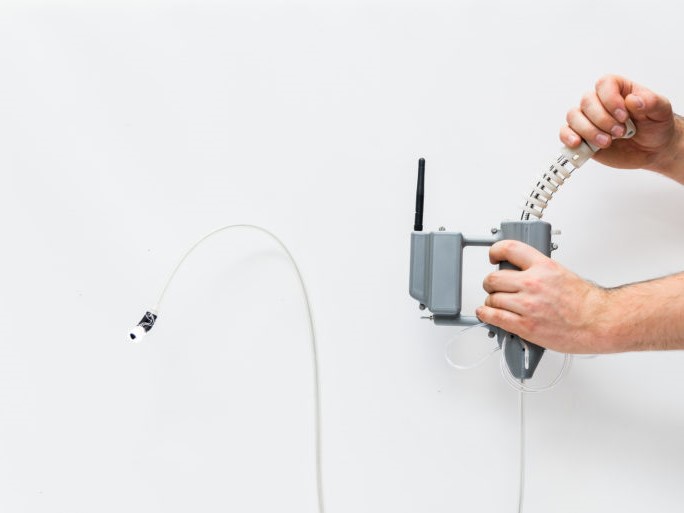The STORM Lab, directed by Dr. Pietro Valdastri and Dr. Keith Obstein, is focused on developing advanced medical devices particularly in the field of gastroentrology and surgery. During my tenure at the STORM, I researched and helped develop a new endoscopy device aimed towards addressing gastrointestinal cancer screening in low resource countries.
"Stomach cancer is the 5th most common cancer globally. Screening programs in many low-to-middle income countries are ineffective or non-existent due to economic and logistical limitations."
In its inception, the early prototype revolved around bellow manipulation. By aligning three belows in a triangular formation and utilizing air pneumatic actuation, a 3-DOF range of motion mechanism was created. This was the centerpiece to a new, dynamic, and low cost device.

By Fall 2017, we had developed a fully functioning manual prototype. The Bellowscope was ready for first real test, animal trials (90lb pig). Overall, our first prototype held up pretty well and our work was presented at DDW 2017. Here's some footage:


Fastforward to Summer 2018, we are at the University of Leeds in the U.K. After refining prototype with better bellows, a thinner lumen, and overall smaller design, the Bellowscope was now ready for cadaver trials. This was my first time in a cadaver lab, and all I can say is, it was a crazy experience and cool way to end the summer. The Bellowscope performed well and got some crazy footage:
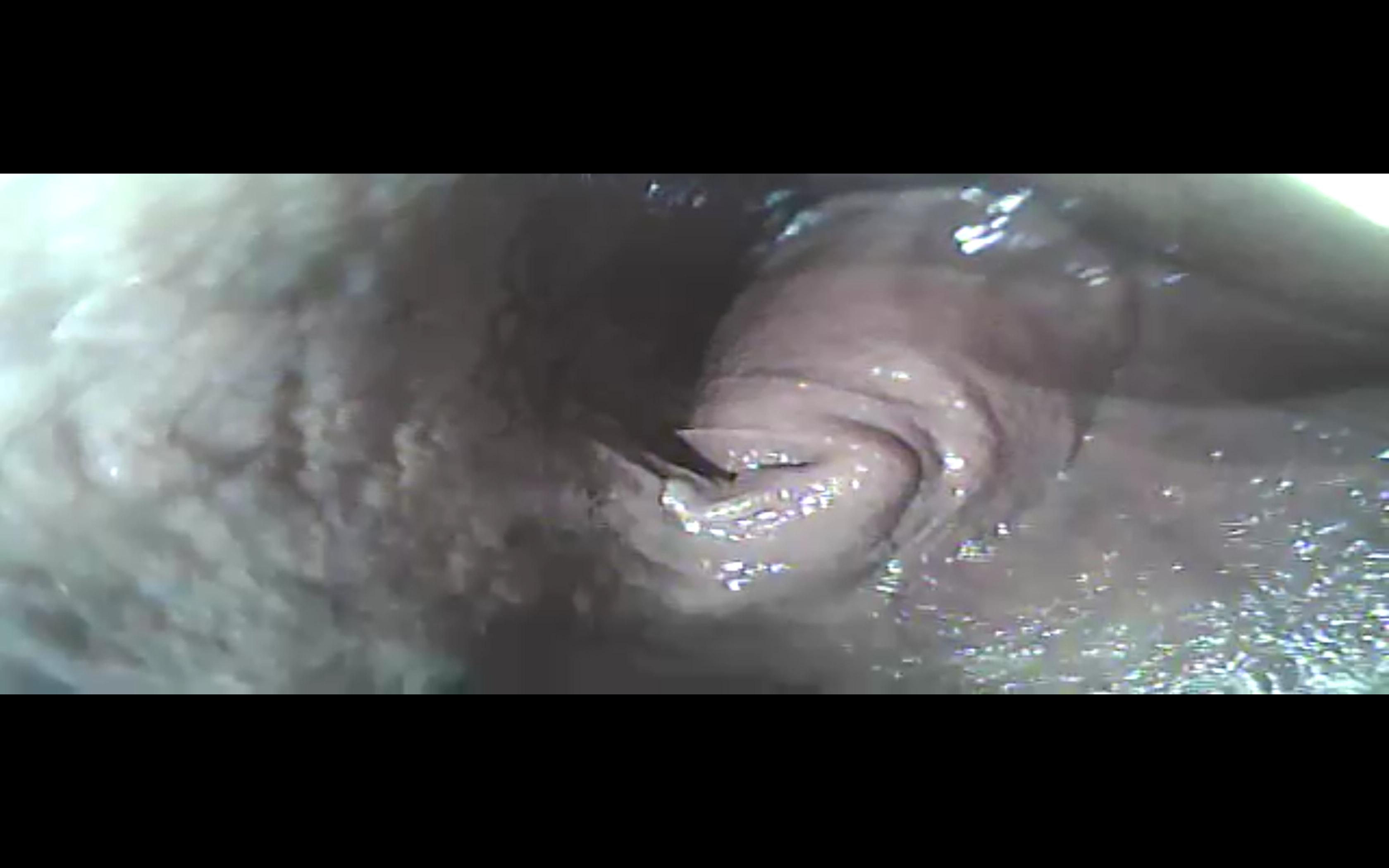
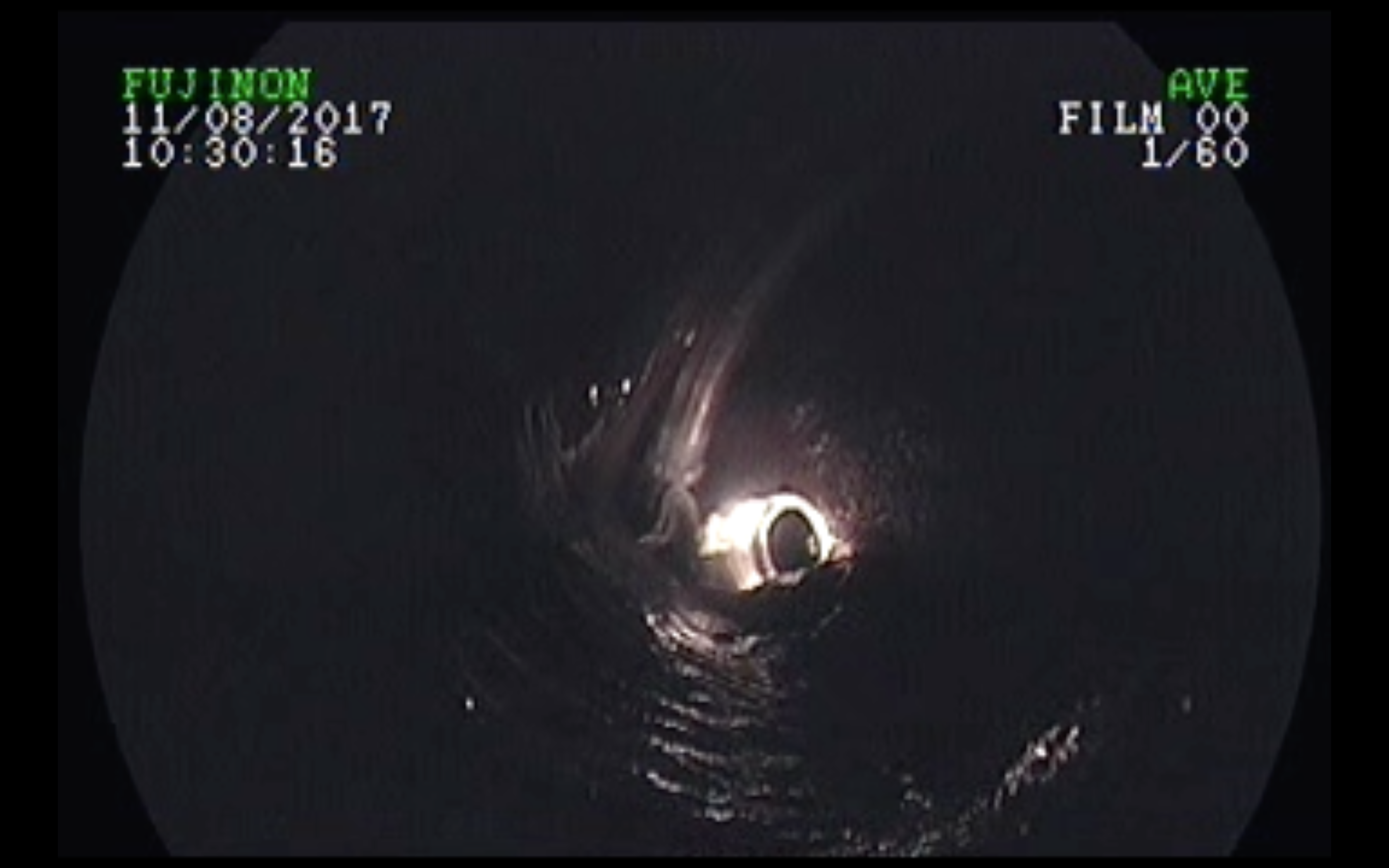
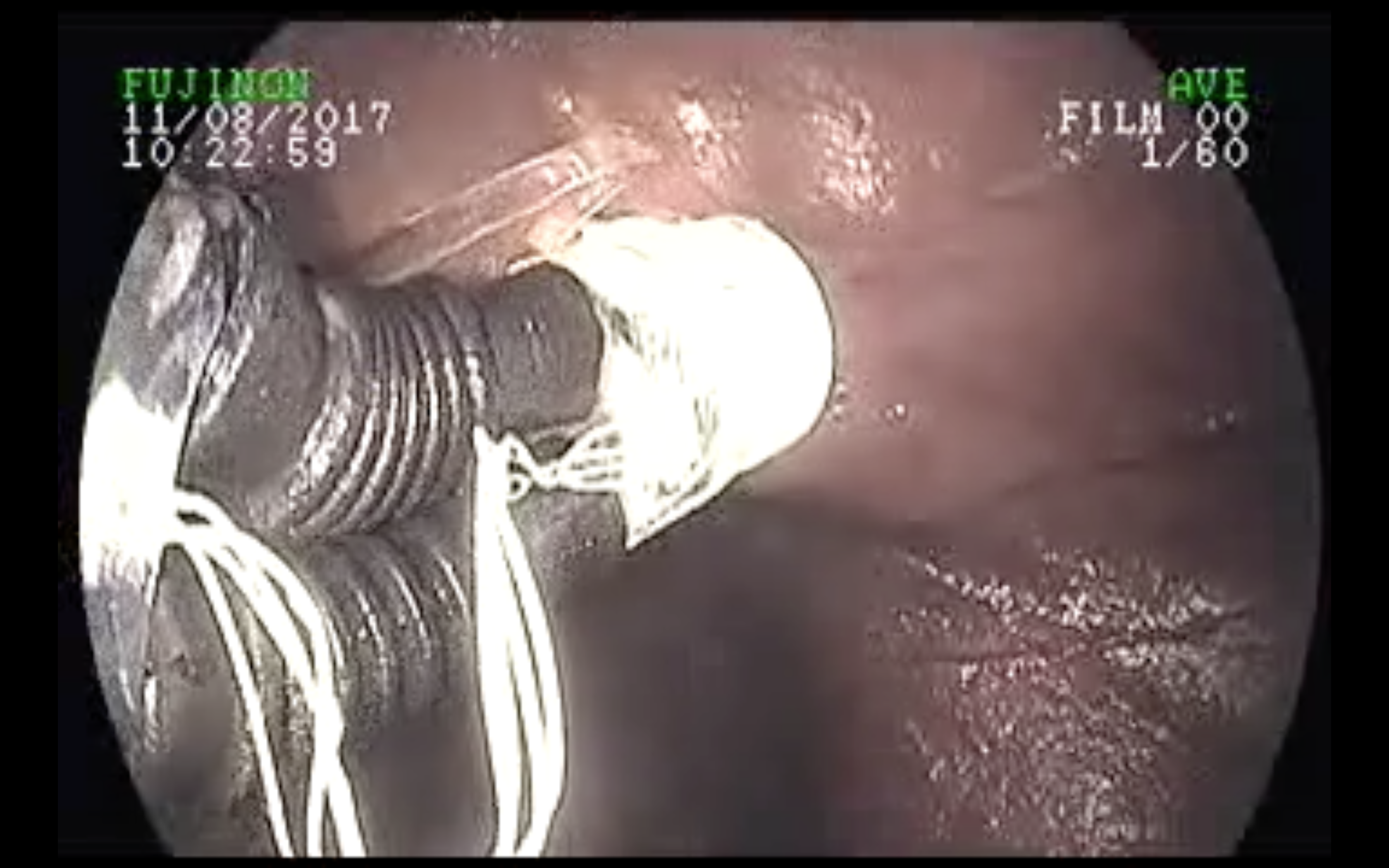
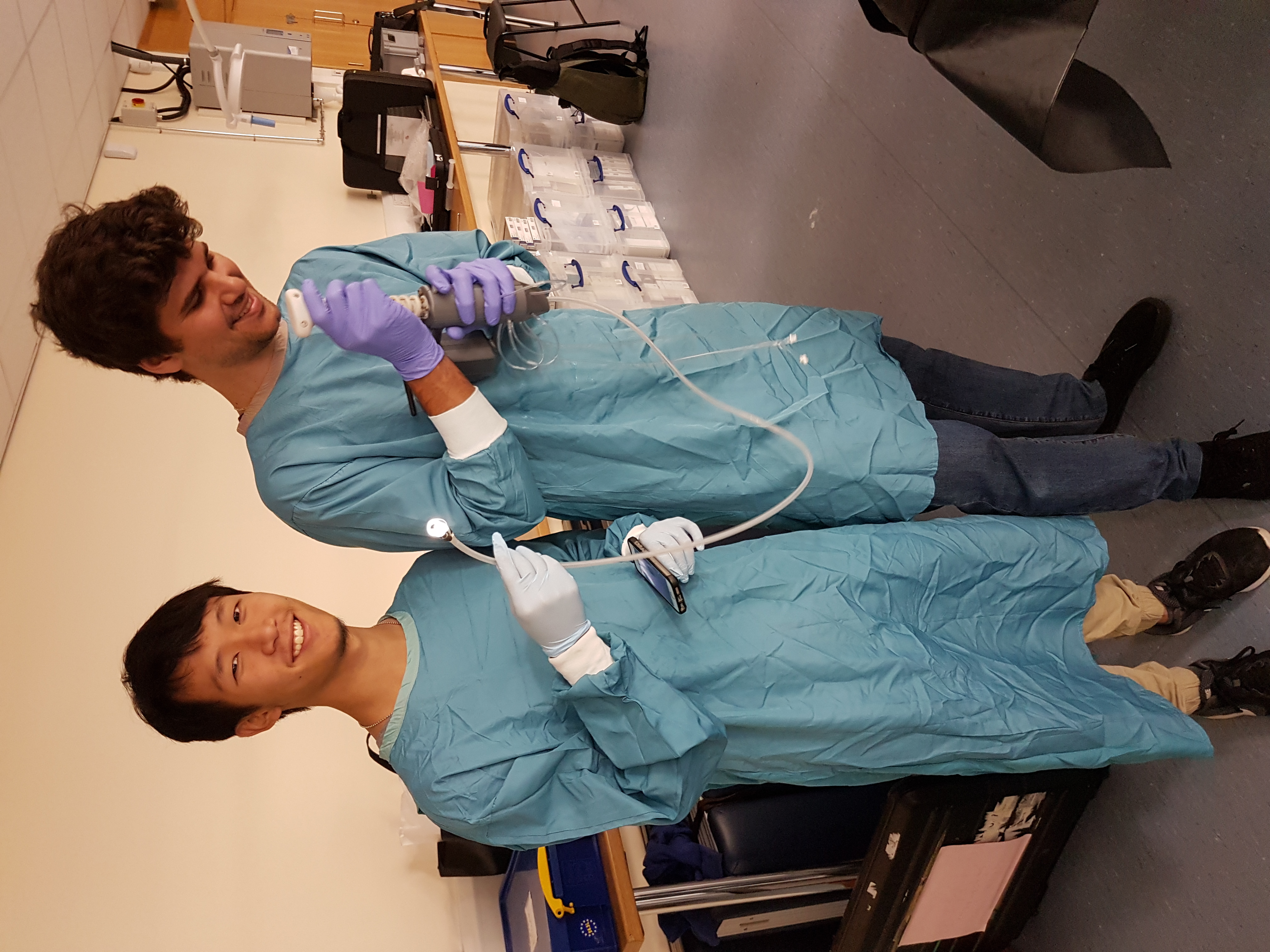


With promising results from the summer, Fall 2018 was the time to work with as many medical doctors as we could to optimize the Bellowscope. The major design change during this time was shifting the device from a two hand operation to a one hand operation. Changes in the handle's controller mechanism allowed for doctors to steer the device using one hand, allowing the other hand to guide the catheter and camera down the GI tract.
In Spring 2018, the team and I had developed a simulation test using a silicone anatomical model of the GI tract and Python to control LED lights at key anatomical landmarks. This led to a second paper evaluating of the Bellowscope's performance and usability against existing endoscopes, published in the Endoscopy Open International Journal.
Skills I developed and used during this project:
- CAD (Creo and Inventor)
- Matlab and NI LabVIEW
- Fabrication Methods and Materials (3D Printing, Nitinol, and Silicone Molding)
- Electronic Instrumentation and Programming
- Experiment Design
Links (click to view):
